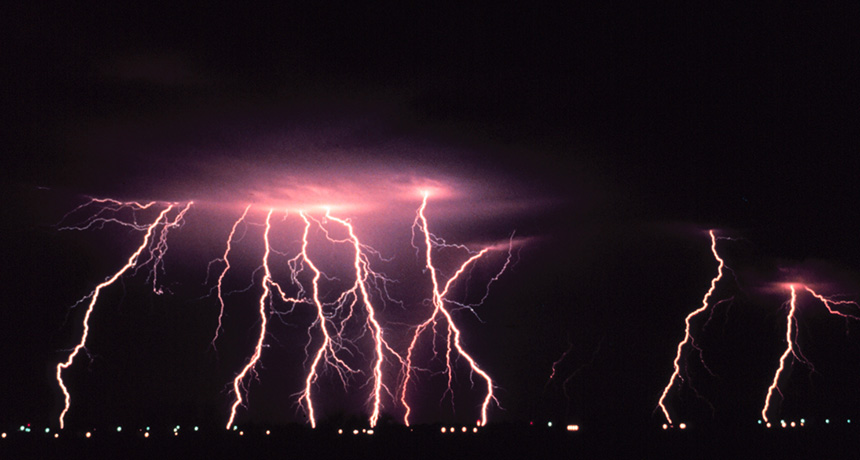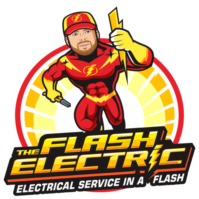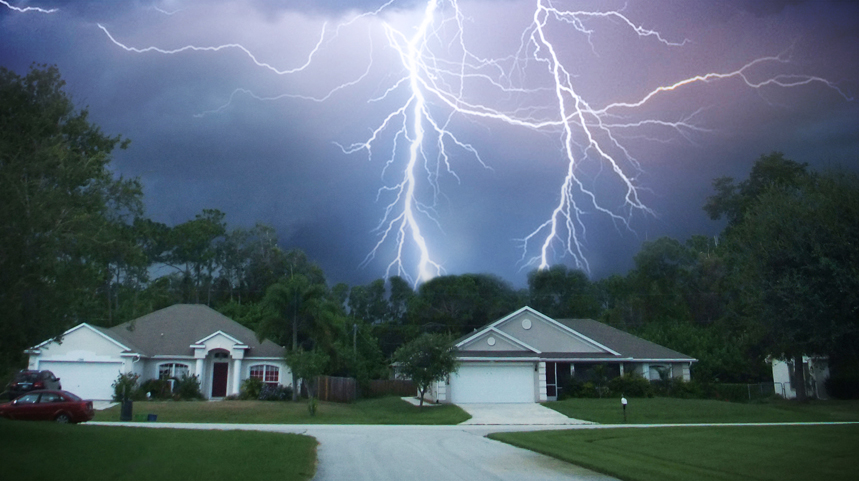Welcome to the topic How to prevent lightning storms from destroying your home’s electronics.
In the proper situations, a lightning strike can be fatal, yet it’s quite simple to avoid them. Knowing a few important electrical storm safety precautions will help you lessen the chances of being injured or having your property destroyed during a storm.
Even though lightning does not strike your home directly, it can ruin sensitive electronic items. A burst of electricity can be sent down the wires and then into your appliances if lightning strikes power lines. Momentary voltage spikes of up to 169 volts can be tolerated by household appliances operating on 120-volt alternating current, but surges over that cause harm.
Surges caused by lightning can reach hundreds of volts. Surge protectors can help safeguard your electronics from lightning strikes. In the event of a severe storm, though, unplugging your appliances and disconnecting your phone and cable lines is the greatest precaution.
Here are some tips that you can follow to prevent lightning storms from destroying your home’s electronics.
Unplug Electrical Appliances
Unplug all electronics and appliances, including televisions, pcs, and gaming consoles. Any lightning or electrical surge might damage electronics or appliances that are still hooked into your home’s electrical system. However, it’s best to unplug these appliances and devices before the storm begins, so that you may not accidentally get hurt while turning them off during a lightning storm.
The only exception is your WiFi router at home. Sometimes people can access the web and access cellphone networks without turning on their router. However, if your house WiFi network is your only way of accessing the internet, turning it off during a storm is generally not a good idea.
Blocking yourself off from your primary news source and storm updates isn’t worth the risks of rebuilding your router if a fluke lightning bolt knocks it out during a severe storm.
It is also worth mentioning that you should not charge any devices during a lightning storm. Even if you assume it will supercharge your devices, the most it will do is render them unusable and fry them into oblivion. Save yourself the hassle of spending big bucks on phone repairs, and just wait for the storm to roll over to get charging.
Plug-in Surge Protector
Install a plug-in surge protector at the point of use. This device is plugged into a grounded electrical socket, and your appliance is plugged into the surge protector. Power surges are diverted to the ground connection, preventing them from reaching your gadget.
Surge protectors are built into some multi-outlet power strips. The majority of surge protectors have a light that displays whether or not they are operating. Replace the protection if the light turns off.
For telephone and cable TV lines, use surge protectors that plug into the wall. Lightning-induced voltage spikes can harm the electronics and appliances linked to phone and cable lines. Surge protectors for phones and cables work in the same way as surge protectors for power lines, directing surges to an electrical ground.
They usually contain a metal grounding prong and plastic prongs that keep the item in an electrical socket. The protector is plugged into an outlet, the phone or cable line is plugged into the “line” end of the protector, and the other end is connected to your phone, television, or other devices. Phone and cable wires are also protected by some surge protectors.

Service-Entrance Surge Protectors
Safeguard your entire house from power surges by installing a service-entrance surge protector. These devices, like plug-in protectors, redirect excess electricity to the ground. A professional electrician must install service entrance protectors. They connect the electric meter to the main electrical service panel.
They safeguard the electrical system in the home, as well as appliances and equipment that are hard-wired instead of plugged in. They can be used in conjunction with point-of-use surge protectors to provide double the amount of surge protection.
Upgrade Electrical Systems
While electrical storms can be dangerous, there are some actions you can take to reduce the damage they can cause. One of the finest preventative actions you can do to ensure your home’s electrical system is up to date is to keep it updated.
During a house electrical inspection, a skilled electrical firm in your region can spot any problems and correct them before lightning strikes. Repairing those flickering lights and tripped breakers today could help you live a better life in the future.
What Is A Lightning Storm?
Thunderstorms, also known as electrical storms, are caused by the environmental discharge of electricity as lightning and the ensuing sound, which is referred to as thunder.
Lightning carries a great deal of energy in a short burst, ranging from one to ten billion joules in an average bolt. Electrical storms are destructive because lightning carries a considerable amount of electricity in a sudden period.
As per Insurance Information Institute, 77,000 policyholders in the United States received more than $900 million in claims in 2019. According to the National Fire Protection Association, lightning generated an average of 22,600 fires and $451 million in the destruction of property per year from 2007 to 2011.
TheFlashElectric Can Keep Your Electronics Safe During Lightning Storms
A large enough storm can do significant physical damage to a home’s structure, presenting homeowners with many major and costly repairs to make once the storm has passed. However, a storm can also cause an issue on the inside of the house that is just as inconvenient and expensive to repair.
A single-charged bolt of lightning striking a nearby electrical pole is all it takes for all of your electrical equipment to be destroyed in a power surge. However, there are a few simple ways to protect those items that will cost considerably less than restoring all of your electronics after a thunderstorm.
Our highly qualified electricians will provide full discussions of our electrical solutions during your service call so you can make an educated judgment. Our first concern is to ensure that you are completely satisfied.
If you’re ready to protect your home’s electrical systems from lightning, call TheFlashElectric to book a consultation, or contact us online.




